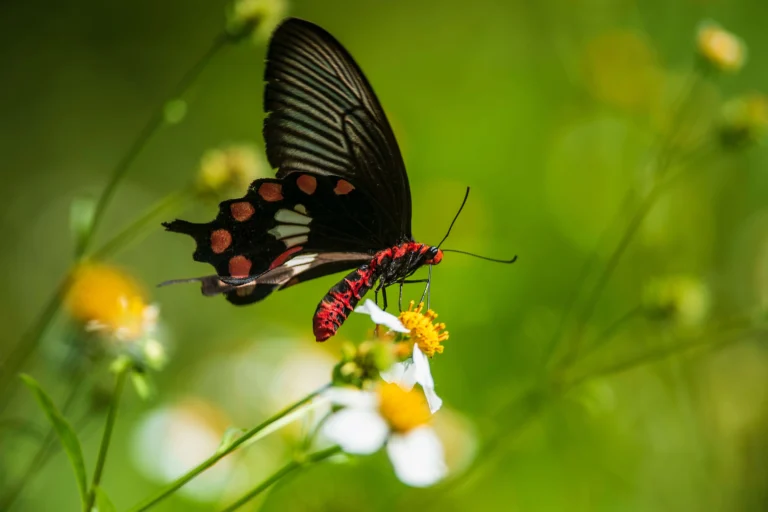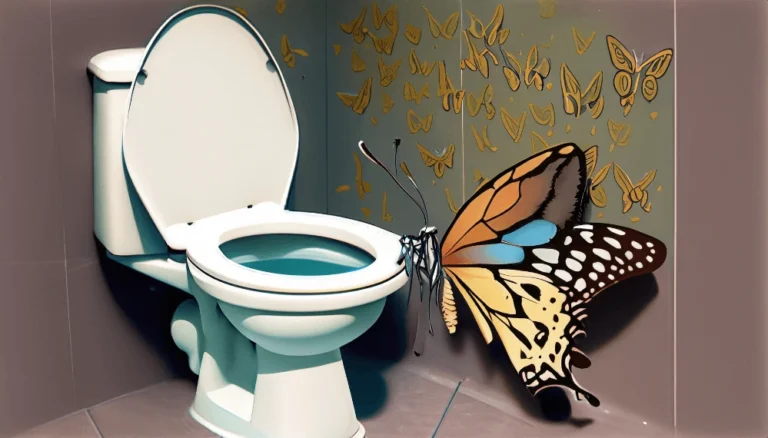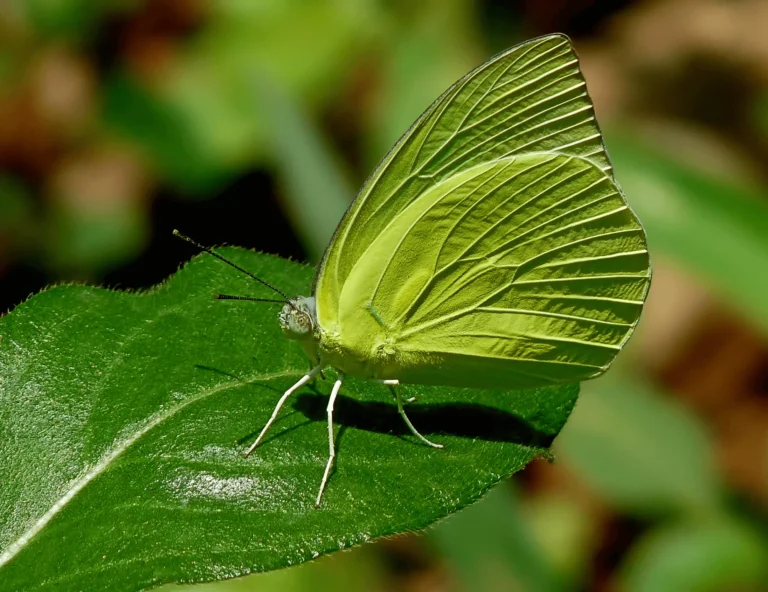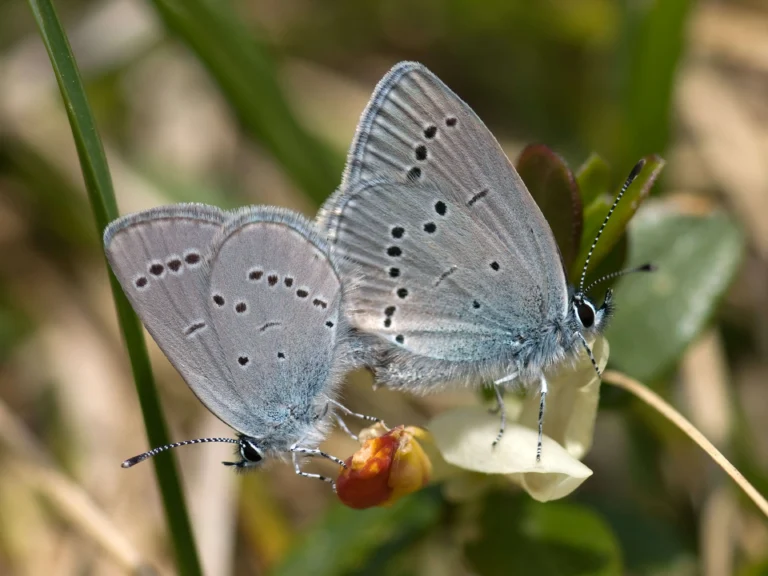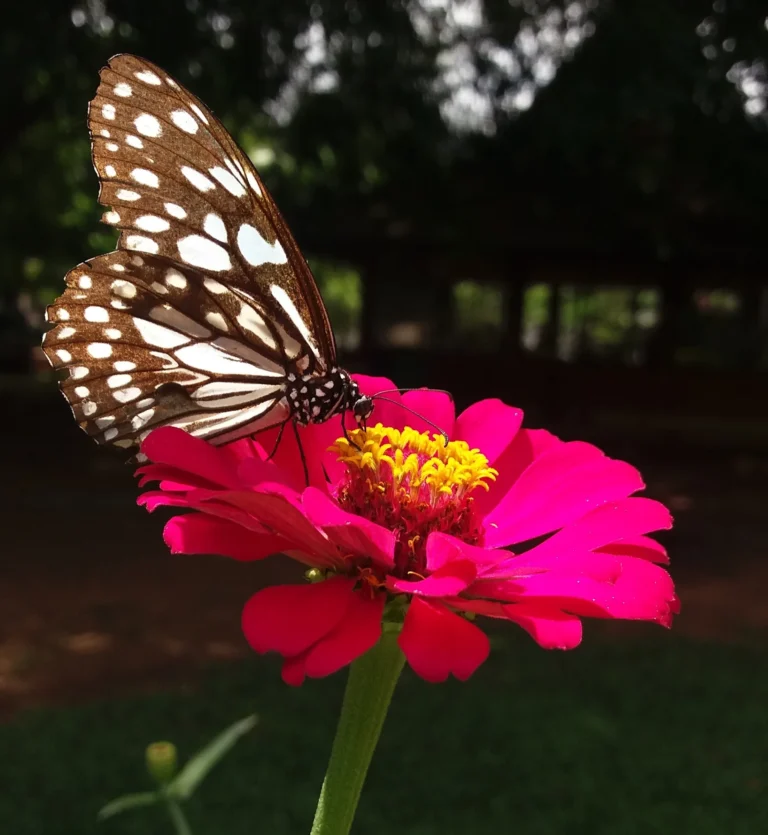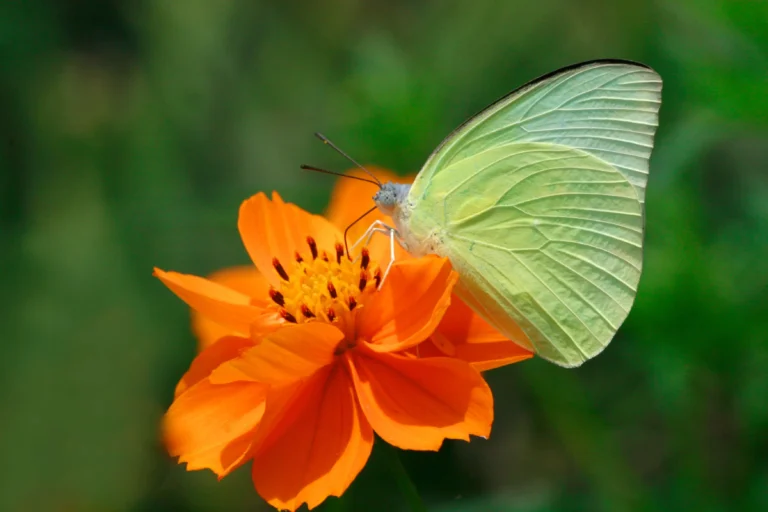Are Monarch Butterflies Poisonous to Birds? Unveiling the Truth
Monarch butterflies eat milkweed, which contains chemicals called cardenolides. These make the butterflies taste bad and can be harmful to birds. While many birds avoid eating monarchs because of this, some can eat them without getting sick. The bright colors of the monarchs warn birds they might not be a good snack.

Table of Contents
Introduction
“Are Monarch Butterflies Poisonous to Birds?” is a question that intrigues many. These vibrant orange butterflies are a sight to behold, and while they’re a favorite among nature enthusiasts, there’s more to their story than just their beauty. Birds, known for their varied diet of insects, seem to have a unique relationship with monarchs.
In this article, we’ll dive deep into this relationship, uncovering the mysteries behind the monarch’s interactions with birds and revealing what truly makes them stand apart in the insect world.
The Monarch Butterfly and Its Diet
Monarch butterflies are fascinating creatures. From the time they are tiny eggs to the moment they spread their wings as butterflies, they undergo a lot of changes. This journey from egg to butterfly is called their lifecycle.
One of the most important stages in this journey is when they are caterpillars. Caterpillars are the eating machines of the butterfly world. And for monarch caterpillars, there’s one favorite food: the milkweed plant.

Why is milkweed so important? Well, it’s not just food. It’s also a source of a special substance that plays a big role in our story. As the caterpillars munch on milkweed leaves, they are also taking in something that makes them stand out from other butterflies.
Milkweed and Cardenolides
What are cardenolides?
Cardenolides are special chemicals found in certain plants, and milkweed is one of them. Think of cardenolides as nature’s way of keeping some animals away. They can be harmful to creatures that try to eat the plants.
How milkweed plants contain these compounds
Milkweed plants have cardenolides in their leaves, stems, and roots. When animals, like monarch caterpillars, eat milkweed, they’re also eating these chemicals. But here’s where it gets interesting: while many bugs would get sick from these chemicals, monarch caterpillars don’t. Instead, they store them!

How monarch butterflies accumulate these toxins during their larval stage
As the monarch caterpillars keep eating and growing, they take in more and more cardenolides. These chemicals then stay in their bodies. So, when the caterpillar becomes a butterfly, it still has these chemicals inside. This makes the butterfly less tasty and even harmful to some predators, like birds.
Mechanism of Toxicity
How cardenolides affect bird predators
When birds eat things with cardenolides, like the monarch butterfly, they can feel sick. These chemicals can mess with a bird’s heart and muscles. Imagine eating something that gives you a bellyache. For birds, eating a monarch butterfly can be like that.
The physiological response in birds after consuming monarch butterflies

After a bird eats a monarch, it might start to vomit or act dizzy. These are signs that the bird’s body is reacting to the cardenolides. Because of this, many birds learn to avoid eating monarch butterflies. It’s a bit like when we eat something that doesn’t agree with us, and then we don’t want to eat it again.
Birds’ Behavioral Response to Monarch Toxicity
Birds quickly learn from experience. After tasting a monarch butterfly and feeling its effects, many birds choose to avoid them in the future, associating the bright orange and black patterns with a potential threat.
How birds can recognize and remember toxic prey
Similar to humans, birds recall unfavorable foods. They associate the monarch’s bright colors with an unsavory experience and tend to avoid them thereafter.
Specific bird species that have been observed avoiding monarchs
Certain birds, like orioles and grosbeaks, have been seen trying monarchs and then avoiding them later on. These birds have learned from their past experiences. They’ve understood that the beautiful colors of the monarch butterfly are a sign that says, “I’m not good to eat!”

Evolutionary Advantage for the Monarch
Nature has a clever way of helping creatures survive. For the monarch butterfly, being toxic is like having a built-in shield against enemies. When birds and other predators learn that eating monarchs can make them sick, they tend to leave the butterflies alone.
This means more monarchs can live longer, lay eggs, and make more butterflies for the next generation.
The concept of aposematism
Ever noticed how some animals in nature have really bright colors? This isn’t just for show. It’s a warning. This warning system in the animal world is called “aposematism.” Animals with bright and noticeable colors are often signaling, “Watch out! I might be dangerous or bad-tasting!”
Monarch butterflies use this trick too. Their bright orange and black colors tell potential predators to think twice before taking a bite.
Viceroy Butterfly: A Monarch Mimic

Meet the viceroy butterfly! At first glance, you might mistake it for a monarch because they look so alike. But this similarity isn’t just a random coincidence. There’s a clever reason behind it.
To discover more monarch butterflies look alike, check our guide on butterflies and moths that look like monarchs.
Batesian mimicry: non-toxic species mimicking toxic ones
In nature, some animals that aren’t harmful will imitate the looks of those that are. This trick is called “Batesian mimicry.” The viceroy butterfly uses this trick. Even though it’s not as toxic as the monarch, it has similar colors.
Why? Because birds and other predators often avoid it, thinking it’s a monarch. The viceroy gets protection without having the same level of toxins!
This whole mimicry thing shows just how powerful the monarch’s toxic defense is. If other butterflies want to copy its look for safety, then birds surely have a good reason to avoid the real thing.
Not All Birds Are Deterred
While many birds have learned to avoid monarchs, not all birds are put off by them. Some birds can eat monarch butterflies and not feel sick. It’s like how some people can eat super spicy foods without a problem, while others can’t handle the heat.
Possible reasons for this tolerance or resistance
Scientists believe that certain birds have bodies that can handle the toxins in monarchs. Over time, these birds might have changed in small ways that allow them to eat monarchs safely. Maybe their stomachs break down the toxins differently, or maybe they just don’t absorb as much of the harmful stuff.
Birds like the black-backed oriole and the black-headed grosbeak have been seen eating monarch butterflies. These birds seem to handle the toxins better than others. But even they have limits. If they eat too many monarchs in a short time, they can still feel the effects.
Impact on Bird Populations
Research findings on bird populations affected by monarch consumption
Scientists have been curious about the dance between birds and monarchs for a long time. Through research, they’ve found that areas with lots of monarch butterflies don’t always mean a feast for local birds.
In fact, in places where monarchs gather in big numbers, like certain trees in Mexico during migration, birds aren’t seen munching on them as much as one might expect.
This tells us that the message of the monarch’s bad taste and harmful effects has spread among many bird groups. It’s a bit like a rumor in school; once it starts, it spreads fast!
The overall ecological balance between birds and butterflies
Nature is all about balance. Just like a seesaw in a playground, everything has its ups and downs. With monarchs and birds, there’s a balance too. While the butterfly’s toxins protect it from many birds, it’s not entirely off the menu. Some birds can and do eat them, just not in huge amounts.
This balance is essential. It ensures that no species gets too big for its boots. If birds ate all the monarchs, there might not be any left for the next year. And if no birds tried to eat monarchs, the butterflies might become too many and eat all the milkweed.
So, this push and pull between eating and not eating, between being predator and prey, helps keep our world diverse and interesting.
Conclusion
The dance between monarch butterflies and birds is a wonderful example of how nature works its magic.
While the monarchs’ alluring colors might seem tempting, they conceal a warning that many birds understand: not all that glitters is gold.
It’s amazing to think that a simple plant, the milkweed, plays such a big part in this story. By eating this plant, monarchs have found a way to protect themselves from hungry birds. And while some brave birds still take a chance, many have learned to look elsewhere for their meals.
In the end, the relationship between monarch butterflies and birds reminds us of the delicate balance in nature. Every creature, big or small, has its role to play. And every story, like the one of the monarch and the bird, teaches us something new about our wonderful world.



